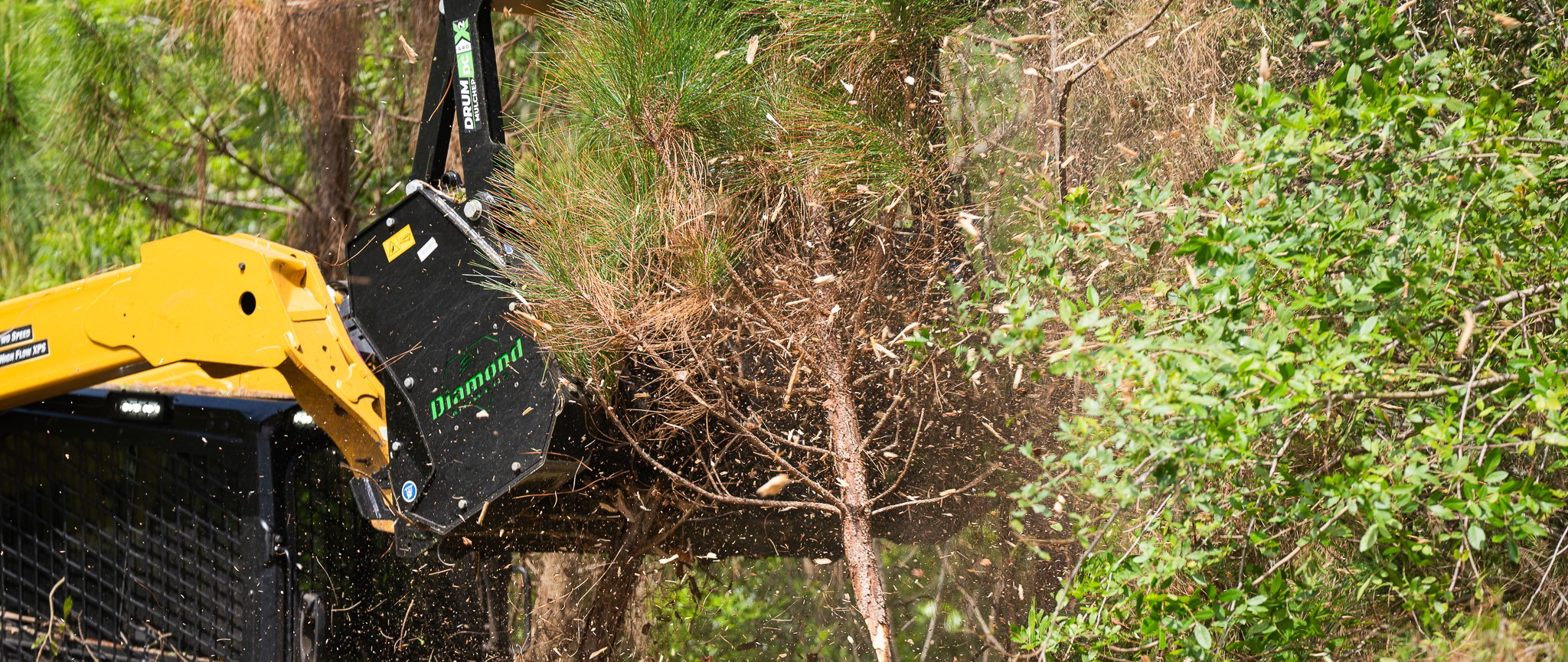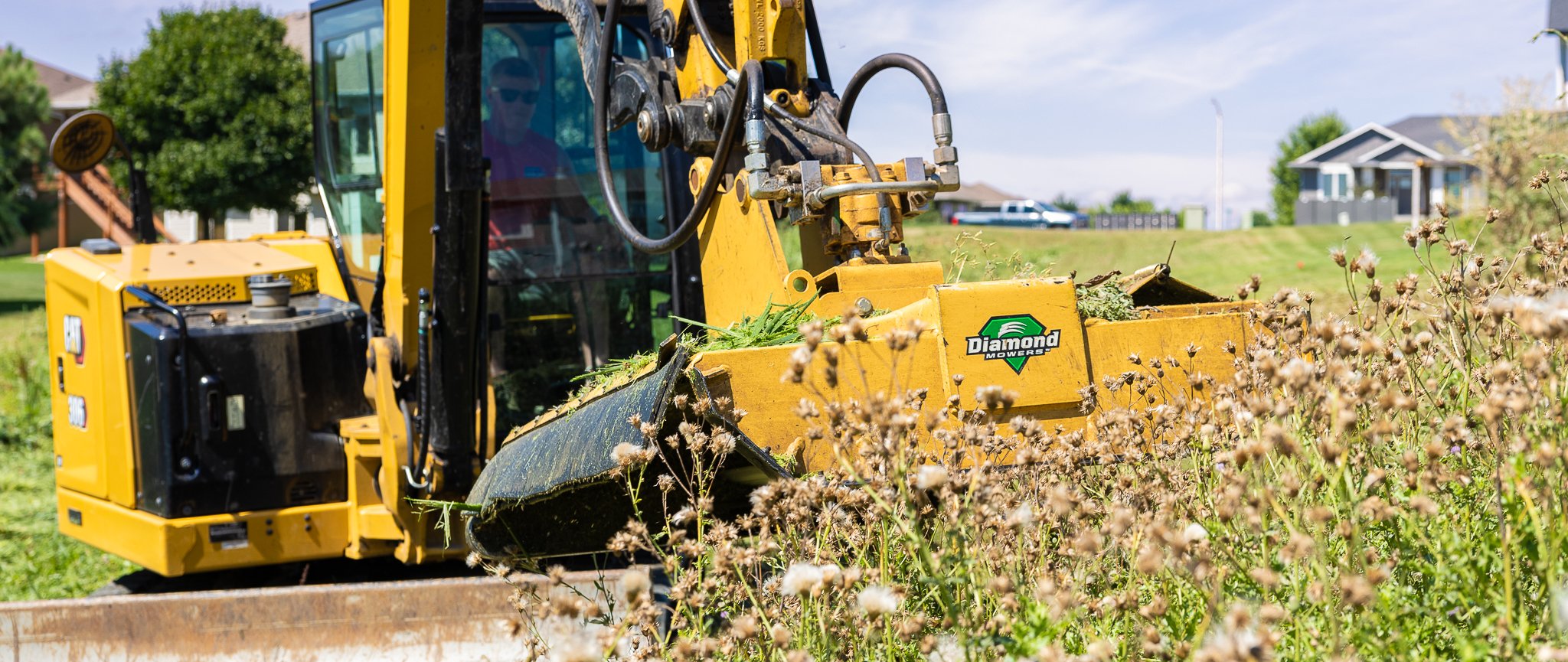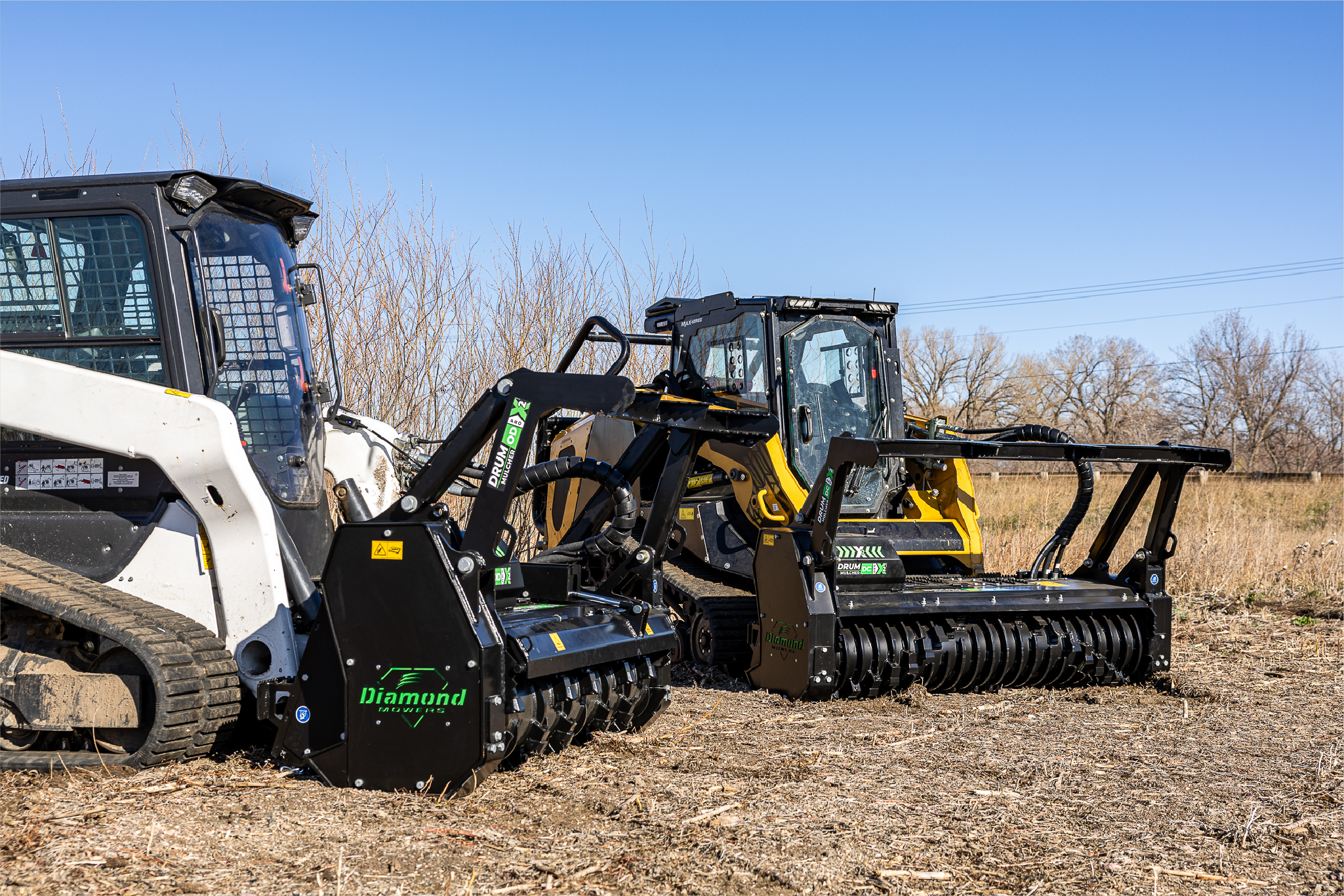Pasture Management: Tips and Strategies for Effective Maintenance and Upkeep
Jun 09, 2023 . 4 min read
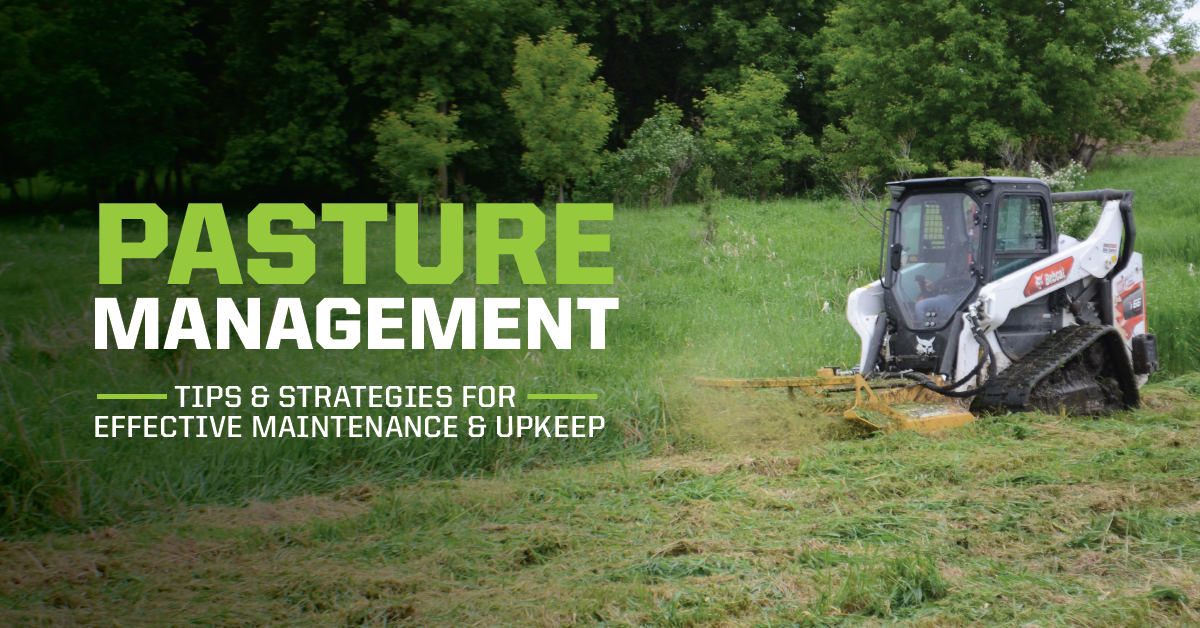
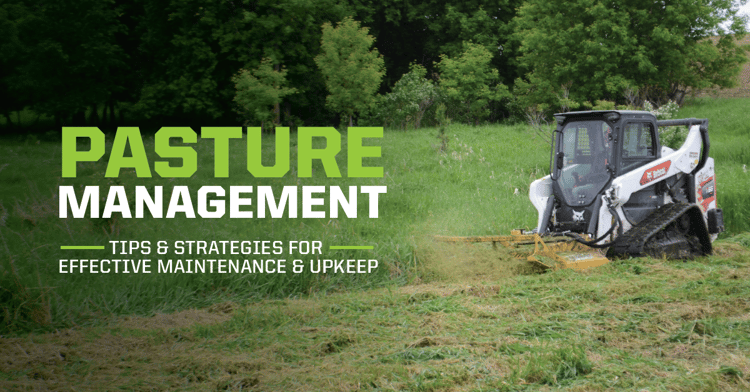
Diligent pasture maintenance is crucial to the health and productivity of grazing animals and livestock, pastured poultry, and sustainable agriculture. A well-executed pasture management program can prevent weeds from sprouting, enhance forage grasses, and extend pasture grazing seasons, while insufficient maintenance can negatively impact production systems, stocking densities and, ultimately, revenue and profitability. There are several techniques for sustaining a well-run pasture that promotes a healthy grass supply, reduced feed costs, and improved soil fertility. Following are some strategies and tools for effectively controlling critical aspects of property and range management to achieve the most productive pastures.
Pasture Mowing & Harrowing
Regular pasture mowing can be essential for maintaining a high-quality, uniform pasture. It not only evens grass growth but promotes the quality and productivity of favorable plant species while reducing the production of unwanted weeds. Mowing also encourages plants to produce more leaves and fewer stems, thus producing more palatable, thicker, and hardier grasses.
Mowing at the proper height is an important component in maintaining pasture health. Grasses and legumes store their energy reserves in the bottom few inches of the plant, so mowing too low can reduce the plant’s reserves and its ability to regrow. If a pasture is composed primarily of short grass species, such as perennial ryegrass or bluegrass, aim for a height of 2 to 3 inches. For taller, higher-yielding species, such as orchard grass or Timothy, mow to maintain a slighter higher level of 3 to 5 inches. These height guidelines will stimulate regrowth and the overall quality of forage grasses.
Engineered for quick cutting and clearing, a brush cutter is an effective utility tool for pasture maintenance. This multipurpose attachment can handle most of the core vegetation challenges a landowner might encounter, from cutting tall or thick grass to clearing large-scale brush and small trees. Diamond Mowers offers options for farmers and vegetation veterans alike, including two brush cutter heads for skid steer carriers. The Brush Cutter Pro X and Brush Cutter Pro both feature properly sized hydraulic motors for optimal blade performance and safe handling with strategic engineering for tackling different types of terrain and applications. Available in 60”, 72”, and 84” cutting widths, the Pro X model is equipped with three steel blades and a tri-hex cutting disc that can slice through material up to 10” in diameter, while the Pro features a 72” cutting width with two steel blades and a dual-hex cutting disc that can cut through material up to 5” in diameter.
After mowing, harrowing (or dragging) a pasture also helps to break up manure and distribute the nutrients it contains evenly across pastures and fields. In addition to boosting soil nutrients, this process also prevents manure from smothering grasses and helps with pest management by controlling insects and parasites that seek out fresh manure for laying their eggs.
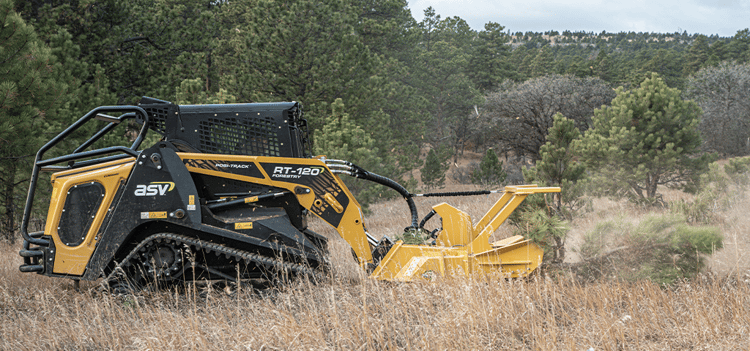
Controlling Invasive Plant Species
When introduced or allowed to spread beyond their natural geography, many species of trees and vegetation can infest and degrade land by overtaking fields and resources native grasses need to live. Ultimately, this can result in the ruin of valuable grazing and production land. This is especially important to keep in mind during periods of intensive rotational grazing.
When present in small quantities, unwanted plant species can be addressed by introducing cover crops or with spot spray herbicides. However, due to livestock requirements, herbicide restrictions, and environmental concerns, combatting more aggressive species, such as Sumac, Boxelder, Privet, Kudzu, Eastern Red-Cedar, and Scot’s Broom, may require mechanical control. Fortunately, there are a variety of tools and techniques for removing these tenacious, resource-sapping intruders.
The first step in managing invasive species is getting to the source. This typically involves cutting back branches and brush in order to access the roots. The best tool for this job is a brush cutter, as mentioned earlier. For removing larger trees, a mulching attachment will quickly grind trunks into finer chips for easy removal or natural decomposition.
Either a disc or drum mulcher will get the job done. Selecting the right attachment for this job is as simple as assessing the size of the trees you’re looking to process. Our Disc Mulcher Pro X, for instance, cuts trees and brush up to 14” in diameter and mulches the same vegetation up to 6” in diameter. For those that prefer the versatility of a drum attachment, we offer two options, the DC Pro X and the OD Pro X. Both are engineered to process brush and trees up to 9” in diameter. The depth control model is compatible with standard and high-flow carriers, while our open drum attachment is intended for use with high-flow hydraulic machines and for heavy-duty mulching applications where the attachment is likely to take some abuse. It is a good choice when significant ground contact is expected or for mixing mulch into the soil.
Mulching helps to promote the growth of native vegetation and prevents invasive species from regrowing. Unlike traditional land-clearing techniques, such as dozing unwanted trees, mulching doesn’t cause disturbance to the soil, which is vital for reducing erosion, preventing moisture loss, and delivering essential nutrients that will serve future vegetation.
Maintaining Fence Lines, Waterways, and Wetlands
Other important aspects of pasture management lie beyond the pasture itself. Upkeep of fence lines, watering systems, waterways, and wetlands is essential to overall property health and productivity. If not regularly maintained, these elements can negatively impact grazing plans and habits, cattle production, and forage production.
Examine fences for structural stability and unwanted vegetation. Repair unstable areas and cut back weeds and overgrowth to ensure electrical fences are not grounding out. Our Brush Cutter Pro, which features a lower push bar, is designed to reach beneath and around fence lines, but a mulching tool can also be used. Diamond drum mulchers are strategically engineered with a discharge geometry that sends material down toward the ground, limiting the amount of thrown material. This makes them ideally suited for maintaining fence lines along busy roads or near buildings, horse pastures, and cattle grazing areas.
If your property has streams, ponds, wetlands, or ditches, it is critical to keep these areas properly maintained to ensure water flow and drainage, while reducing soil erosion. An excavator rotary mower can extend above saturated soil, down into slopes, and near waterways and other hard-to-reach areas for easy maintenance of grass and vegetation overgrowth. Similarly, our Excavator Drum Mulcher provides exceptional reach and mobility to cut low-hanging limbs to reduce fire fuel and maintain waterways. For keeping culverts and ditches free from blockages caused by dirt, sand, and debris, a boom ditcher is a perfect solution. Look for one equipped with a hydraulic chute for safely directing exhausted material.
Effective pasture management is vital to maintaining a healthy ecosystem for grazing animals and crops. It increases plant productivity, improves water and air quality, and positively affects soil health while reducing the risk of erosion.
Contact Diamond Mowers Today
Diamond Mowers offers a wide range of specialized cutting attachments compatible with most skid-steer, tractor, wheel loader, and excavator brands. For more information, visit www.diamondmowers.com.


